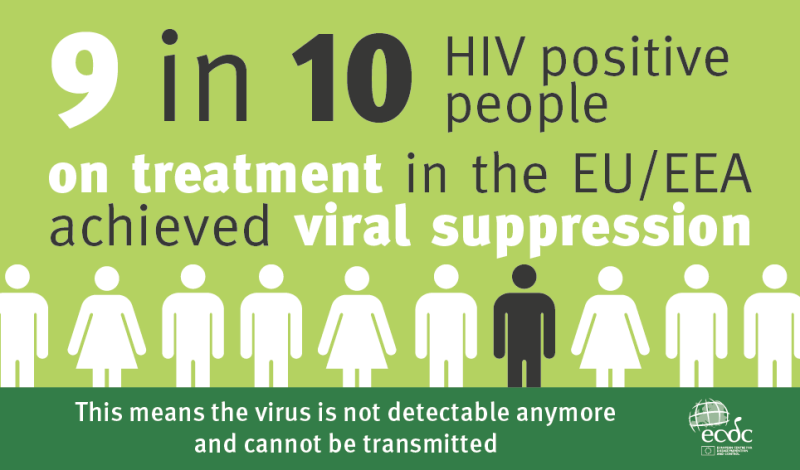Reversing the HIV epidemic: Europe needs to scale-up prevention, testing and treatment

Maltese Presidency of the Council of the European Union Conference and the European Centre for Disease Prevention and Control (ECDC), HIV experts from across the European Union discuss how to reverse the HIV epidemic and how to prepare Europe to achieve the set target of ending AIDS by 2030.
"This conference arose from excellent collaborative work with ECDC and Malta's commitment and recognition of the importance of placing HIV higher up on the EU agenda during its Presidency Term" says Mr Chris Fearne, Minister for Health, Malta.
"We believe that concerted efforts must include all stakeholders: including governments, healthcare providers, civil society, people living with HIV and the specialised agencies like WHO and ECDC. We believe that tackling HIV is a regional, national, corporate and individual responsibility. They all have a role to play in terms of political commitment, preventive action, universal access to healthcare, affordability and access to medicines, testing, linkage to care , focus on key populations, zero tolerance to stigma AND individual behavioural responsibility."
He added areas of action: "Scaling up of testing is essential to reach our first 90 target. We need to make better use of various settings to enhance testing, incorporate innovative approaches to testing and reduce the barriers, especially in key populations. Knowledge of HIV status 'in unaware persons' might also help reduce new HIV infections - those resulting negative may then take less risks, and if linked to care should achieve viral suppression, the third 90".
"If we take a look at the available data, we can see that Europe needs to improve its HIV response in several areas", says ECDC Acting Director Andrea Ammon. "Currently, two out of three EU/EEA countries tell us that they do not have sufficient funding for prevention interventions. And every one in seven of those living with HIV in the region is not aware of their infection. To reduce the number of new HIV infections in Europe, we need to focus our efforts in three main areas: prioritising prevention programmes, facilitating the uptake of HIV testing, for example by introducing new approaches like community-based testing or self-testing to diagnose those infected. And, of course, easier access to treatment for those diagnosed".
On the occasion of the Presidency meeting, ECDC publishes an overview of achievements and gaps in the European HIV response, illustrating how countries addressed the HIV epidemic in 2016, based on their commitment outlined in the Dublin Declaration on Partnership to Fight HIV/AIDS in Europe and Central Asia.
The results show, amongst others, that HIV treatment overall starts earlier across the EU/EEA and more people receive life-saving treatment. But one in six people in the EU/EEA diagnosed with HIV are still not on treatment. Those who are on treatment, however, show how effective current HIV treatment is: almost nine out of ten people living with HIV on treatment are virally suppressed. This means the virus can no longer be detected in their blood and they cannot transmit the virus to others.
The European Monitoring Centre for Drugs and Drug Addiction (EMCDDA) contributed to this overview with data on the HIV situation and prevention coverage among people who inject drugs.
EMCDDA Director Alexis Goosdeel states: "People who inject drugs have the highest proportion of late diagnosis of HIV, compared to other transmission groups. Providing voluntary testing for infectious diseases, risk behaviour counselling and assistance to manage illness at drug treatment facilities is an important additional avenue to reach this group and is among the new EU minimum quality standards for demand reduction".
The introduction and scaling up of effective drug treatment and harm reduction measures, such as needle and syringe provision, have significantly reduced drug injecting and related HIV transmission in Europe.
However, this overall positive development hides large variations between countries. Marginalisation of people who inject drugs, the lack of prevention coverage, and appearance of new drugs can trigger local HIV outbreaks, as documented in five EU countries in the recent past .




















